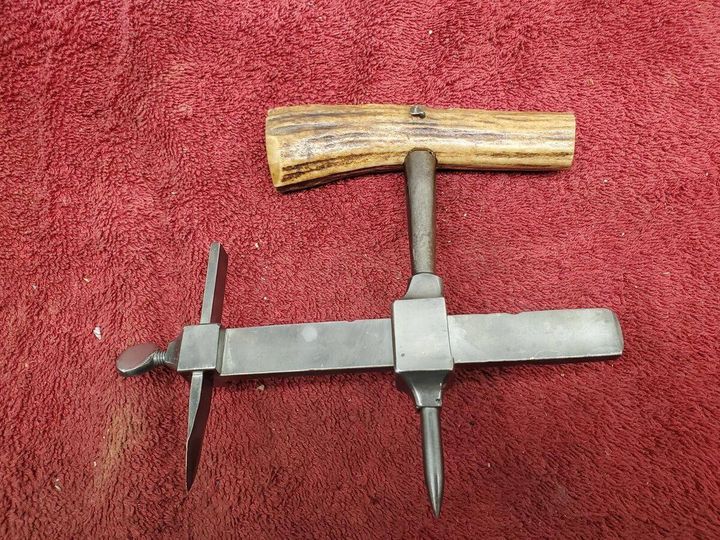Origins and Evolution
The vintage gasket cutter traces its origins to the early 20th century, when industrial machinery began to boom. As engines and mechanical systems became more sophisticated, there arose a need for tools that could create custom gaskets—critical components that provide a tight seal between machine parts. Before automated solutions existed, these hand-operated tools were essential in factories, workshops, and even home garages.
Gasket cutters were designed to be portable and adjustable, allowing machinists to create gaskets from a variety of materials such as rubber, cork, leather, and fiberboard. These custom gaskets were used in engines, pumps, valves, and plumbing systems, preventing leaks and ensuring the proper functioning of machines.
Usage in Manufacturing
Vintage gasket cutters were primarily used to produce circular gaskets with precision. Operators would adjust the cutting radius to match the size of the gasket needed. The tool featured a sharp blade attached to a central pivot, allowing it to cut perfect circles through gasket material. This was particularly useful in industries like automotive, aviation, and manufacturing, where properly sealed components were vital to the performance and safety of machinery.
In addition to industrial settings, gasket cutters were also popular among hobbyists and mechanics, who relied on them to repair engines and machinery. They were easy to use, requiring only manual force and a steady hand to create a perfect seal for various machine components.
Legacy and Modern Impact
Although modern technology has largely replaced manual gasket cutting with automated processes, the vintage gasket cutter remains a symbol of craftsmanship and ingenuity. Collectors and industrial enthusiasts still appreciate these tools for their role in the evolution of manufacturing. Today, you can find vintage gasket cutters in antique shops, museums, and tool collections, where they serve as a reminder of the hands-on approach once required to maintain and repair machines.
The legacy of the gasket cutter endures, influencing the design of modern tools that continue to ensure precision and reliability in mechanical systems. The craftsmanship and engineering behind the vintage gasket cutter left a lasting impact on industries that still value precision and customization today.
Conclusion
The vintage gasket cutter stands as a testament to early industrial innovation. Its role in producing custom gaskets by hand not only supported the rise of modern machinery but also showcased the skill and precision of early machinists. Though largely replaced by modern methods, its legacy continues to inspire both tool collectors and manufacturers.

Leave a Reply